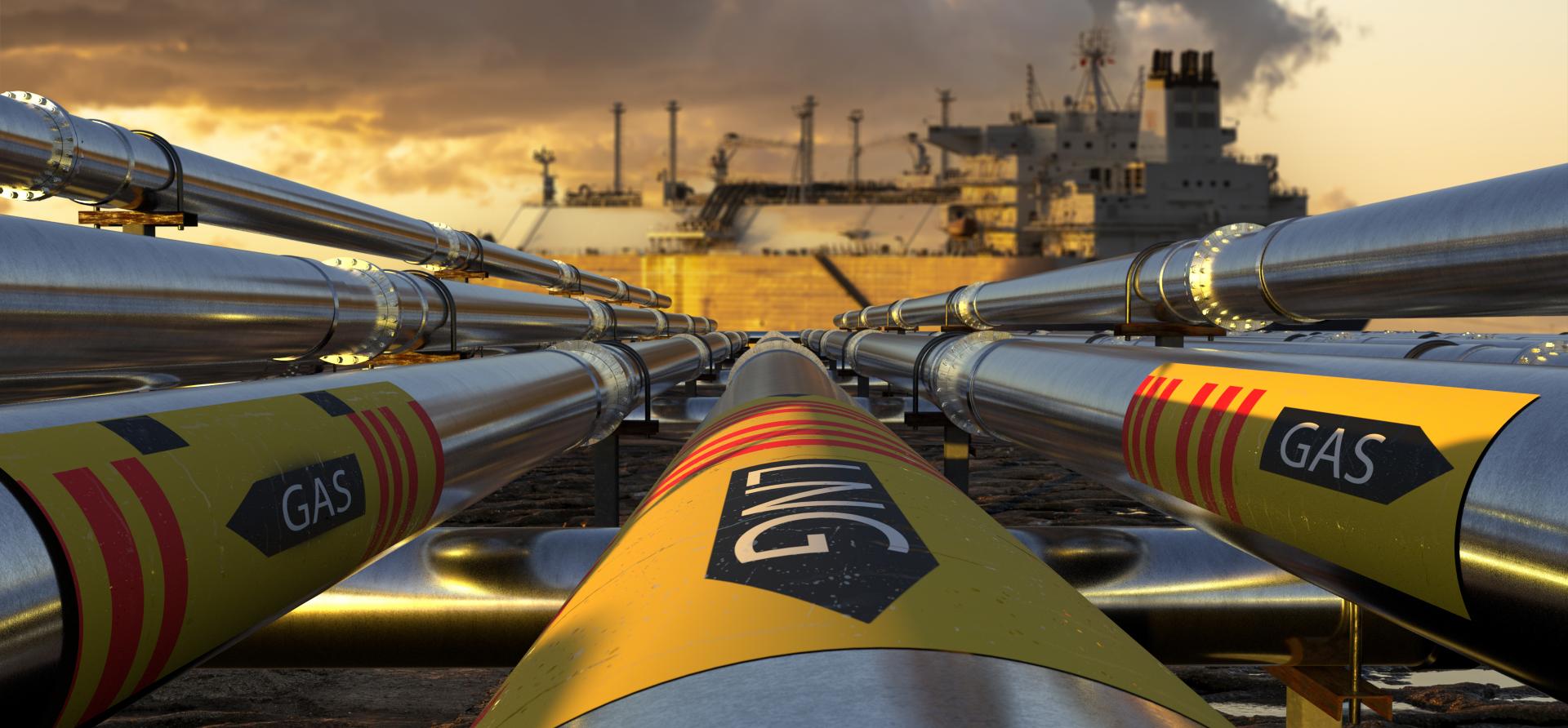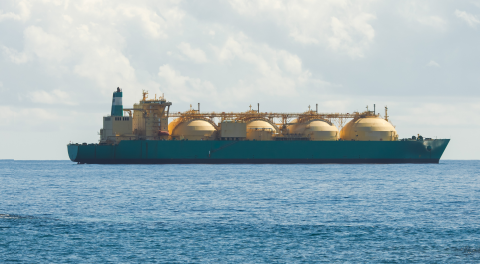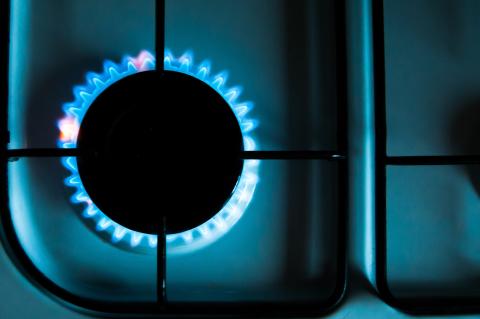IEEFA comments on Mexico Pacific Limited application to expand LNG operations
Download Full Version

Key Findings
The recent application to expand export and re-export operations by Mexico Pacific Limited LLC relies on outdated studies and assumptions about long-term LNG demand growth.
The proposed project fails to account for higher inflation, the continued effects of the COVID-19 pandemic on energy demand and the global supply chain, and the effects of Russia’s invasion of Ukraine on global natural gas markets.
The DOE should update its data to reflect current events and their effects in new economic models.
The significant risk of mismatches between LNG supply and demand, which can lead to volatility in prices and underutilization, calls into question the viability and economic benefit of the proposed project to the public.
The Institute for Energy Economics and Financial Analysis (IEEFA), a nonprofit organization focused on research and analysis of global energy markets and trends, provides the following comments in response to the application of Mexico Pacific Limited LLC for approval to increase the amount of natural gas it is authorized to export from the United States to Mexico via pipeline and to re-export such gas as liquified natural gas (LNG) from its proposed LNG facility to be located in the State of Sonora, Mexico. Our comments are intended to address information and trends subsequent to the publication of three studies that the Department of Energy (DOE) Office of Fossil Energy and Carbon Management (FECM) considers while examining the cumulative economic impacts of exporting LNG.
The proposed project involves exporting natural gas by pipeline to Mexico and then re-exporting LNG at a volume equivalent of 291.22 billion cubic feet per year to non-free trade agreement countries. Our comments address the question of whether or not the project aligns with the public interest.
Reliance on Outdated Studies
The economic affirmation that LNG exports are consistent with the public interest relies on outdated commissioned studies. The three studies used by the DOE (and the Federal Energy Regulatory Commission) to consider the cumulative impacts of exporting domestically produced LNG are referred to as the 2014 Energy Information Administration (EIA) LNG Export Study, the 2015 LNG Export Study, and the 2018 LNG Export Study by the Office of Fossil Energy and Carbon Management.
All three studies combine theoretical models, historical data and numerous assumptions to conclude that U.S. economic gains from LNG exports outweigh economic losses. The assumptions, however, are largely outdated. They fail to include the continued effects of the COVID-19 pandemic on energy demand and the global supply chain. They fail to account for higher inflation, both in the U.S. and globally. They fail to recognize recent developments in both supply and demand trends in the U.S. Finally, they do not account for the dramatic upheavals in U.S. and global natural gas markets that were triggered by Russia’s invasion of Ukraine.
The DOE should update its data to reflect current events and their economic effects, and the updated data should be used for economic modeling. Without updating data and reexamining modeling conclusions, the DOE is relying on stale information to make decisions.
Potential Impact on U.S. Domestic Gas Prices
The three studies acknowledge that growth in LNG exports can cause domestic natural gas prices to rise. In practice, this dynamic began occurring in the U.S. in 2021. The Industrial Energy Consumers of America (IECA) in 2021 highlighted concern about export-induced price spikes in a letter to the DOE, urging the agency to temporarily curb LNG exports when domestic natural gas prices had doubled from the prior year.
The IECA’s letter points to the subject of price elasticity, as assumed across the economic models used in the three studies. Members represented by the IECA were finding their industries were not competitive on the global stage due to high domestic natural gas prices. Using current data for trade flows and their effects over the past five years could reveal the true price elasticities for comparison with model assumptions. Some analysis of model performance would be a prudent course for considering whether the studies remain valid.
Assumptions About LNG Demand Growth Require Greater Scrutiny
The assumptions about global demand for additional LNG export capacity were based on long-term relatively low gas price conditions that existed between 2014 and 2018, when the studies were published. Global demand conditions changed in the wake of Russia’s February 2022 invasion of Ukraine and the ensuing volatile commodity prices for both oil and gas. The potential of waning future global demand for LNG should be considered.
The current application must be analyzed in the context of the multiple LNG projects expected to come online in the future. The potential for excess supply over demand must be considered.
Recent research by IEEFA discusses how record high LNG prices last year created and elevated risks to long-term LNG demand.
Volatile prices and the knock-on effects of nations considering their energy security strategies have changed the outlook for global LNG demand. Russia’s war on Ukraine and the resulting energy crisis in Europe affected global LNG import patterns and altered several countries’ perspectives about their future dependence on gas for heating and generating electricity. Before the war, global natural gas prices were dramatically lower, and developing economies in Asia were the predominant drivers of LNG demand growth. Since the invasion, global LNG prices have spiked and shipments to Europe have increased, even as LNG imports into Asia slowed.
The losses in Russian pipeline gas to Europe in 2022 prompted the spike in natural gas prices and the diversion of LNG shipments to Europe. The magnitude of the natural gas price surge reflected the premium Europe was willing to pay to secure imported gas to offset its lost piped gas from Russia.
Europe’s benchmark Dutch Title Transfer Facility (TTF) traded at an average $39.07 per million British thermal units (MMBtu) in 2022. Natural gas prices for the Japan Korea Marker (JKM) in Asia and Henry Hub in the U.S. last year averaged $34 and $6.45 per MMBtu, respectively. The price disparity, about 15% higher on average in Europe compared to Asia, illustrates the profit impetus favoring the routing of more LNG shipments to Europe.
U.S. LNG exporters benefitted, shipping 52 million tons to the continent last year, more than double the 21.5 million tons imported by Europe in 2021. Globally, U.S. exports grew by about 1 billion cubic feet per day to 81.2 million tons (mt) in 2022. Overall, Europe imported 124.9 mt of LNG in 2022, up 59% from the 78.6 mt imported during the previous year. Conversely, Asian LNG demand fell from 282 mt in 2021 to 264 mt in 2022.
Developing nations in Asia felt the pinch of diverted supplies to Europe. Short-term demand responses to abnormally high spot LNG and natural gas prices included substitution (i.e., oil-fired generation, diesel generation, coal-fired generation, and nuclear), mandatory conservation, fewer spot LNG purchases, rolling blackouts, and higher utility bills for consumers. Key importing nations—including China, Pakistan, Bangladesh, India, and Japan—all imported less LNG in 2022 than 2021.
These developments highlight the fact that the LNG industry’s long-term growth prospects are not guaranteed. In fact, the demand responses to last year’s high prices have prompted energy forecasters—including Bloomberg, Independent Commodity Intelligence Services (ICIS), and the International Energy Agency (IEA)—to lower their projections for Asian LNG demand growth. These market developments may accelerate over the next several years if prices remain high, reducing the pace of long-term LNG demand growth in the very markets on which the global LNG industry has been relying for projections of overall market growth.
Like Asia, Europe saw decreased gas consumption last year as a consequence of high prices and declining supplies of pipeline gas from Russia. Overall, natural gas consumption fell by 12% across the EU in 2022 due to slowing economic conditions exacerbated by their energy crisis, with demand declining as the year progressed. The continent faces continued declines in Russian gas shipments this year. The EU has responded to this reality with continued improvements in energy efficiency, a rapid increase in the deployment of renewables, an acceleration of the electrification of heat, and consumer behavior changes.
Even as demand growth assumptions may be faltering in both Europe and Asia, the global LNG industry is engaged in a major buildout of new LNG liquefaction capacity. Although global supply additions will be modest through the end of 2024, IEEFA expects 118 million tonnes per annum (MTPA) of new liquefaction capacity to come online between 2025 and 2027, with much of that new supply coming from projects in the U.S. and Qatar. In the context of several years of restrained global LNG demand growth and a massive increase in supply coming online starting in 2025, the U.S. economic benefit from exporting natural gas to Mexico for global LNG re-exportation is diminished and likely does not outweigh the long lasting costs the public bears.
To summarize, energy security and geopolitical events have created the conditions for increased LNG imports into Europe over the short term. However, they have also spurred long-term government measures to reduce overall European gas demand, both through government actions. Also, demand reduction may be occurring through the market mechanisms by which consumers are adapting to the higher prices for natural gas and LNG. The focal point of these reactions is less demand for natural gas, not more.
Meanwhile, high LNG prices and supply limits are reducing the pace of demand growth in Asia. Long-term assumptions should put more weight on the potential for slow growth in global market demand for LNG, and less emphasis on the flexibility that LNG imports have provided over the short run. The profile for the fundamentals of natural gas markets would have to look much different than they do today to justify the buildout that LNG exporters wish to fulfill. Also, sustained higher prices for LNG and natural gas are a likely precursor to stunted future demand for the commodity due to increasing competition in the market. Expectations for LNG set by the current environment may prove overly optimistic.
Conclusion
Today’s shifting global demand outlook is a key factor in whether increased exporting of natural gas to Mexico for re-exportation as LNG will yield local, statewide, or national economic benefits for the U.S. Current data may not point to the same conclusions as data from five years ago. The significant risk of mismatches between LNG supply and demand, which can lead to volatility in prices and underutilization, calls into question the viability and economic benefit of the proposed project to the public. The DOE must examine these issues to determine if the project is consistent with the public interest.
















